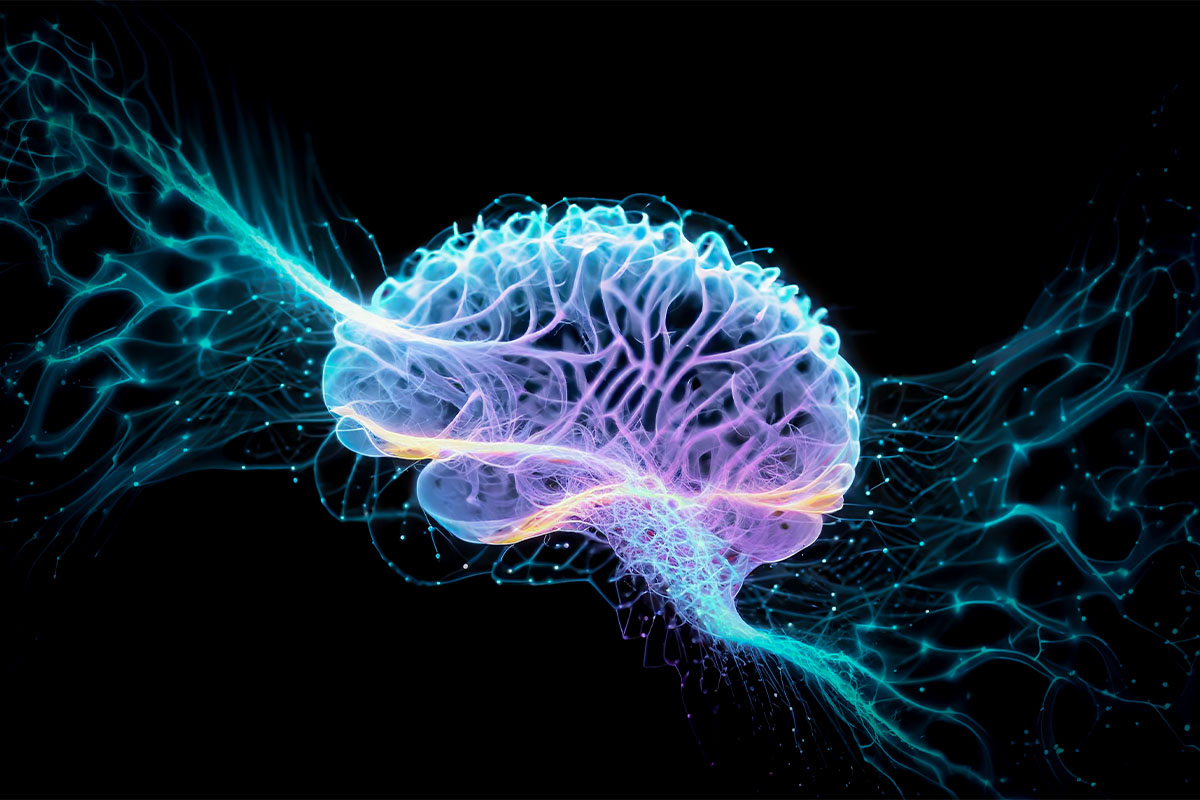Freezing episodes can be one of the more frustrating and debilitating side effects of Parkinson’s.
Freezing of gait refers to the temporary inability to move despite your best efforts. It may feel like you’re stuck in place and can impact different parts of the body, as well as speech. Freezing lasts a few seconds (and sometimes longer), but even those few seconds can be disruptive, frustrating, and dangerous.
Here’s what to know about freezing of gait and how to mitigate the impacts.
What is Freezing with Parkinson’s?

Freezing is defined as a “brief, episodic absence or marked reduction of forward progression of the feet despite the intention to walk,” according to the 4th International Workshop on Freezing of Gait.
Although the feet may remain “stuck,” the torso often moves forward, leading to an increased incidence of falls. A 2018 study suggests 69% of falls may be attributed to freezing gait for people living with Parkinson’s.
Freezing episodes are more common when making sudden movements, like getting up to walk, making an abrupt turn, or trying to circumnavigate an obstacle. It’s less common to experience freezing of gait when walking on a straight or unobstructed path.
Will Everyone with PD Experience Freezing?

Not everyone with PD will experience freezing of gait, and freezing episodes are more common in the advanced stages of Parkinson’s.
A 2021 analysis, drawing from 66 studies across 3,392 references, indicates around half of people living with PD experience freezing of gait, with roughly 65% of those being in the advanced stages of Parkinson’s.
What Causes Freezing Episodes?

Research into the causes of freezing is ongoing, with the root cause still largely unknown.
Here are a few working theories on potential causes and triggers of freezing of gait.
Neurological Impairments
Freezing may result from disruptions in the brain’s motor and cognitive networks. Parkinson’s disease primarily affects the basal ganglia, a brain region involved in coordinating movement. Dysfunction in this area may lead to the characteristic motor symptoms of PD, including freezing of gait.
Cognitive Load
High cognitive demands, such as multitasking or navigating complex environments, can exacerbate freezing. The cognitive challenges may overwhelm the brain’s capacity to coordinate movement, leading to freezing episodes.
Sensory and Perceptual Factors
Sensory feedback plays a crucial role in movement control. Impaired sensory processing or integration may contribute to freezing of gait. For instance, narrow spaces or obstacles can create visual and spatial challenges, triggering a freezing episode.
Emotional and Stress Factors
Anxiety, stress, and other emotional factors may influence freezing of gait. Stressful situations or heightened anxiety levels can exacerbate freezing episodes, indicating a potential link between emotional state and motor control in PD.
How to Mitigate Freezing Episodes

While there’s no cure for freezing episodes, there are effective strategies to help mitigate freezing episodes. These may include any of the following:
1. Medications
Adjusting Parkinson’s medication regimens, such as levodopa or dopamine agonists, can help manage freezing episodes. However, the effectiveness of medications varies among individuals, and in some cases, people will still experience freezing episodes regardless of medication usage.
2. Physical Therapy
Physical therapy, particularly gait training, can be beneficial. Therapists use techniques such as rhythmic auditory stimulation (RAS), which involves walking to a rhythmic beat, to improve gait patterns and reduce freezing episodes. Visual cues, like stepping over lines or using laser pointers, can also help overcome freezing of gait.
3. Cognitive Behavioral Strategies
Cognitive behavioral strategies can help patients develop coping mechanisms. Techniques such as mental imagery, breaking movements into smaller steps, and using internal cues (e.g., counting or humming) can assist in initiating and maintaining movement.
4. Assistive Devices
Assistive devices, including walking aids and wearable sensors, can provide external cues to facilitate movement. Devices generating auditory or visual cues can help synchronize movement and reduce freezing episodes.
5. Deep Brain Stimulation (DBS)
For individuals with advanced PD and severe freezing of gait, deep brain stimulation may be an option. DBS involves surgically implanting electrodes in specific brain regions to modulate abnormal neural activity. While DBS can significantly improve motor symptoms, its effectiveness in treating freezing episodes varies.
6. Environmental Modifications
Modifying the living environment to reduce obstacles and clutter can help minimize freezing of gait. Creating a clear, open path and ensuring adequate lighting may enhance mobility and safety.
Next Steps: What To Do If You’re Experiencing Freezing

Speak with your neurologist or physical therapist if you’re experiencing freezing of gait. These professionals can help tailor a treatment plan to the severity and specifics of your freezing episodes, helping to bring relief and restore independence in your daily life!
Looking for a care provider to help with your PD symptoms? Reach out to a member of the PCLA team here! We’re thrilled to provide resources for our Parkinson’s community in the Greater Los Angeles area.


![Top Walking Aids for PD [And Benefits of Using Them]](https://pcla.org/wp-content/uploads/2024/05/Two-women-walking-into-the-sun-with-a-cane-400x250.jpg)
0 Comments